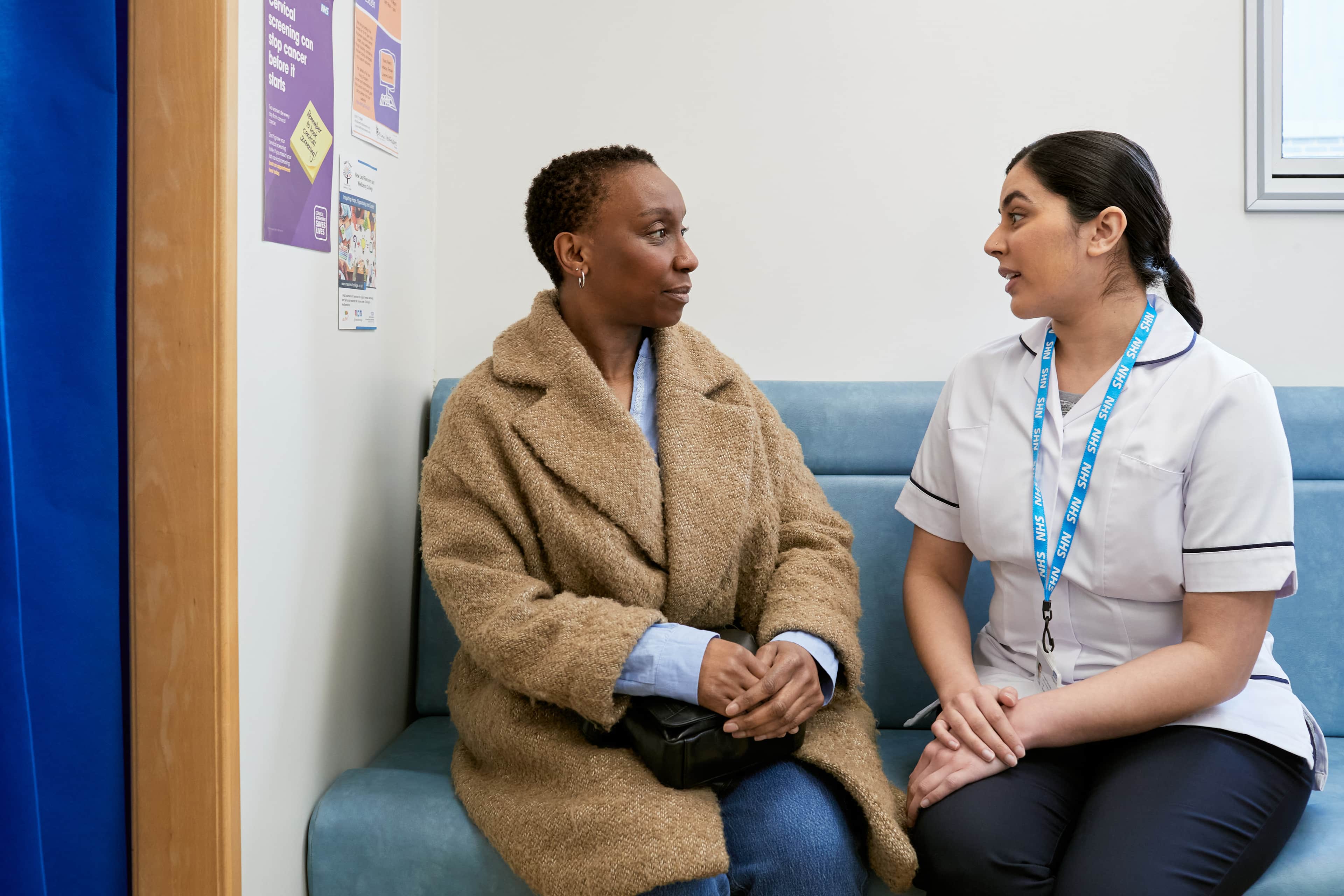
Last reviewed: 22 November 2024
Last reviewed: 22 November 2024
Most screening is performed with mammography. Two low-dose x-rays are taken of each breast, one from above and one from the side. These images are usually read by two radiologists.
Some people at high risk of breast cancer depending on their age, genetics and breast density may be offered MRI.
People registered as female at their GP practice are automatically invited for breast screening every 3 years between age 50 to 70 across the UK. People aged over 70 can self-refer to their screening service every 3 years if they would still like to be screened.
Trans men and non-binary people assigned female at birth who’ve not had chest reconstruction surgery to remove their breast tissue are eligible for breast screening. In addition, trans women and non-binary people assigned male at birth who are on long-term hormone therapy are also eligible.
Learn more about breast screening eligibility for trans and non-binary people.
GP practices have a role in organising screening for eligible people registered as male who’d like to participate in the programme.
It’s important to share information about the benefits and harms of screening with people to ensure they can make an informed choice about taking part. While breast screening can save lives, harms include the risk of false positives, false negatives and overdiagnosis.
Health professional endorsement of screening is a key facilitator for attendance
. Sending endorsement letters after people are invited to screening and discussing screening during appointments are key opportunities to promote informed choice.You may wish to direct your patients to informative resources such as GOV.UK leaflets or our breast screening information for the public.
Annual screening or surveillance is available for some people with an elevated risk of developing breast cancer. People who present with a strong family history of breast cancer or close relatives diagnosed with cancer at a younger age should be referred to a clinical genetics service. People in England can also be referred if they have Jewish ancestry. Make sure to ask your patients about their family history and record details in their patient record to support proactive identification of people at an increased risk of cancer.
The clinical genetics service will then decide whether the individual requires a genetic test and manage subsequent referrals into the programme for people at an increased risk of breast cancer.
There are several genetic variants linked to breast cancer, including mutations in the BRCA genes. Find out more about the different genes on our breast cancer family history and inherited genes webpage.
Access breast screening information specific to your nation.

Interventions that address barriers to accessing breast screening services and inequalities in uptake.

Potential changes to breast screening with information on the latest research, evidence and innovation.
Our hub for breast screening information and insights
Prowse SR, Brazzelli M, Treweek S. What factors influence the uptake of bowel, breast and cervical cancer screening? An overview of international research. Eur J Public Health 2024.
Stay up-to-date with the latest cancer research information.